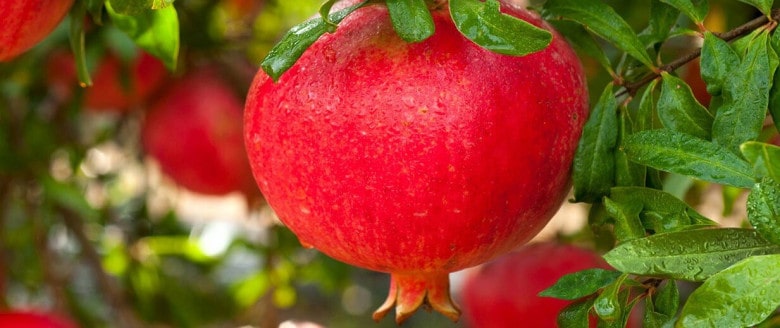Discover Artsakh's Fresh Food
Artsakh is a beautiful mountainous country tucked away in the Southern Caucasus. You will never forget the wonderful tasting foods and wines of Artsakh. What makes them different from other regions? It’s because they prepare their food from the very freshest of ingredients.

As you would expect in rural parts of the country, people grow their own foods and make their own wine. They produce the fruits and vegetables, milk their dairy cow, and collect honey from their beehives. You will also find those who have large plots of land in the city will make good use of this for food production. You'll find very productive backyards in populated places like Shushi and Stepanakert. It's all about the freshness of their foods.
You might ask: "What makes Artsakh's traditional foods so special?" It's the way that the food is prepared. The food preparation becomes a communal project. It's a time when grandma, mother, and daughter gather together in the kitchen to prepare the food. This is a time when the recipes are passed down to the next generation. This is also a time of bonding when family history is shared, and the latest news of the village is exchanged. In other words, food preparation is a very important business.

One example of a delicacy you will associate with traditional Artsakh food is zhingyalov hatz. The name may sound long to you, but it is worth remembering. You’ll want to ask for it again and again. What makes this so special? They start by rolling out unleavened dough until it becomes very thin. At least a dozen varieties finely chopped fresh herbs are lightly oiled then sprinkled on the prepared dough. After folding, zhingyalov hatz is fried on a griddle. You will discover a very delicate balance of flavors: Stronger tasting herbs are used sparingly, while the delicate herbs are used liberally.

You will also want to try another tasty food called dolma. During summer it is made by stuffing eggplants, peppers and tomatoes with minced meat and rice. This is then stewed in broth to absorb the flavor. During winter, when fresh vegetables are no longer available, dolma is made by rolling minced meat and rice in preserved grape or cabbage leaves, and then stewed.
While the women have been sharing their generational recipes, the men perform a similar tradition of passing on the craft of winemaking to the next generation. Some techniques, such as using the traditional karases (clay pots) have been passed down through countless generations. The careful preparation of the grapes, fermentation, and storage of wine are carefully crafted.

You might want to compliment zhingyalov hatz or dolma with a glass of home-made red wine. Otherwise, there are also great commercial wines to compliment your meal. The Sireni grape has been an important and unique variety of this region for centuries. Kataro Winery, located in the village of Togh, produces a wonderful tasting Sireni. It's so good that they export their wine worldwide.

There are many other worthy local wines to compliment your meal. Taste and compare other local brands from Artsakh Shushi, Aragil Winery, Askeran, Balasanyan Winery, Berdashen, Hayrapetyan Brothers Winery, Martakert, MikaHadrut Winery, Piank Winery, "Tnjri 2000"
Artsakh's cuisine is just one of the many things which will make your visit a memorable one. Since we talked about the important role family played in traditional food, don't forget to visit tatik-papik. This is a monument to grandma and grandpa near Stepanakert. Bari akhorzhak (Bon appetite).

Published June 1, 2018
Article by George Casparian





